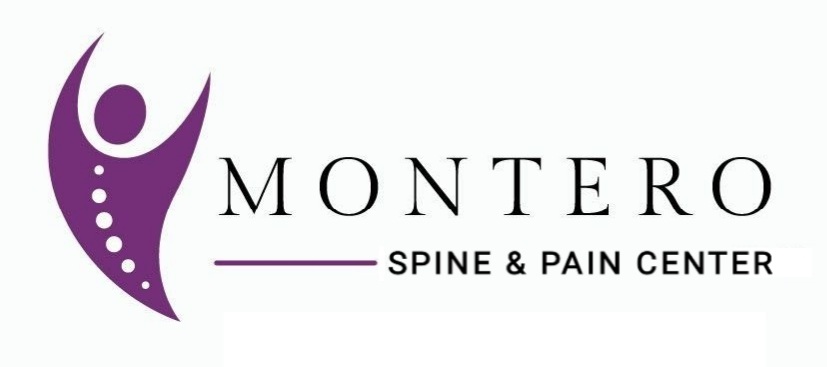what we do
Services and Procedures
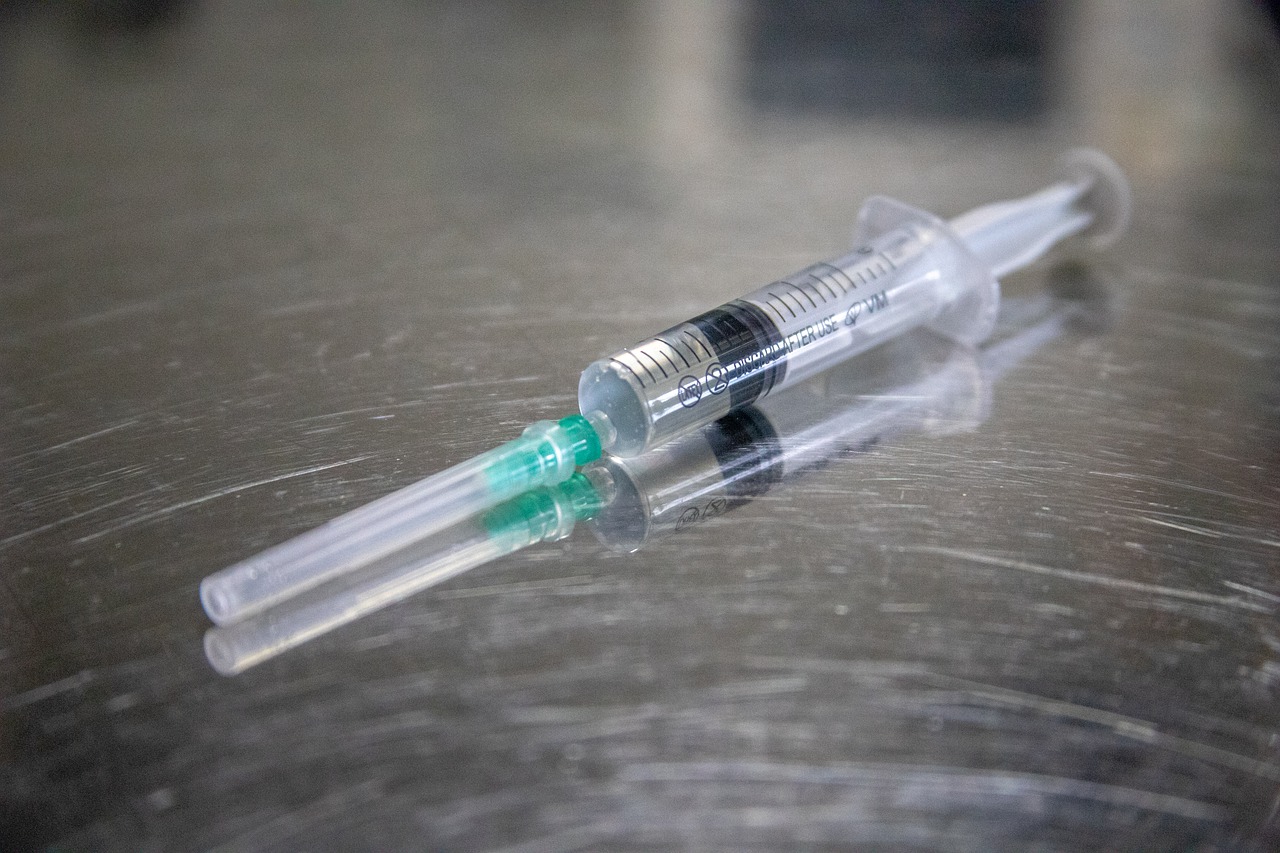
Epidural Injections
This procedure involves the injection of corticosteroids and a local anesthetic into the epidural space around the spinal cord in order to control pain and reduce inflammation.
It is a minimally invasive outpatient procedure and is one of the most effective ways to manage pain and other issues in the spinal column, like spinal stenosis and sciatica.
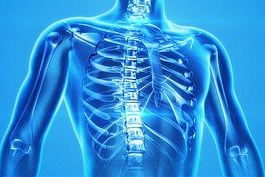
Medial Branch Blocks
By numbing targeted sets of tiny nerves (medial branch), the body's ability to transmit pain signals from the targeted area to the brain is temporarily disabled (blocked). This is the basic principle of a Medial Branch Block. It is used primarily as a diagnostic procedure to potentially identify the source of the pain.
A common application of this technique is to determine the source of lower back pain. If the patient experiences relief after the procedure, a follow-up procedure, such as Radiofrequency Ablation may be recommended by the doctor.
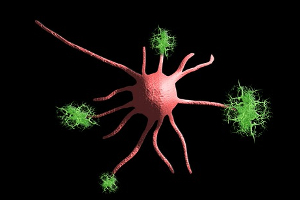
Radiofrequency Ablation (RFA)
Also known as Rhizotomy, this minimally invasive procedure uses radiofrequency waves to create heat on the nerves. This interrupts the transmission of pain signals to the brain. It is intended to provide long lasting relief. Treatment success depends on several factors including accurate diagnosis, and the patients unique nerve anatomy.
This treatment is typically recommended after the source of the pain has been identified through a Medial Branch Block.
It can be used to treat back, knee, neck, pelvic and peripheral nerve pain, with patients reporting immediate pain relief with limited recovery time, enabling them to return to work sooner, or do other activities to enjoy life.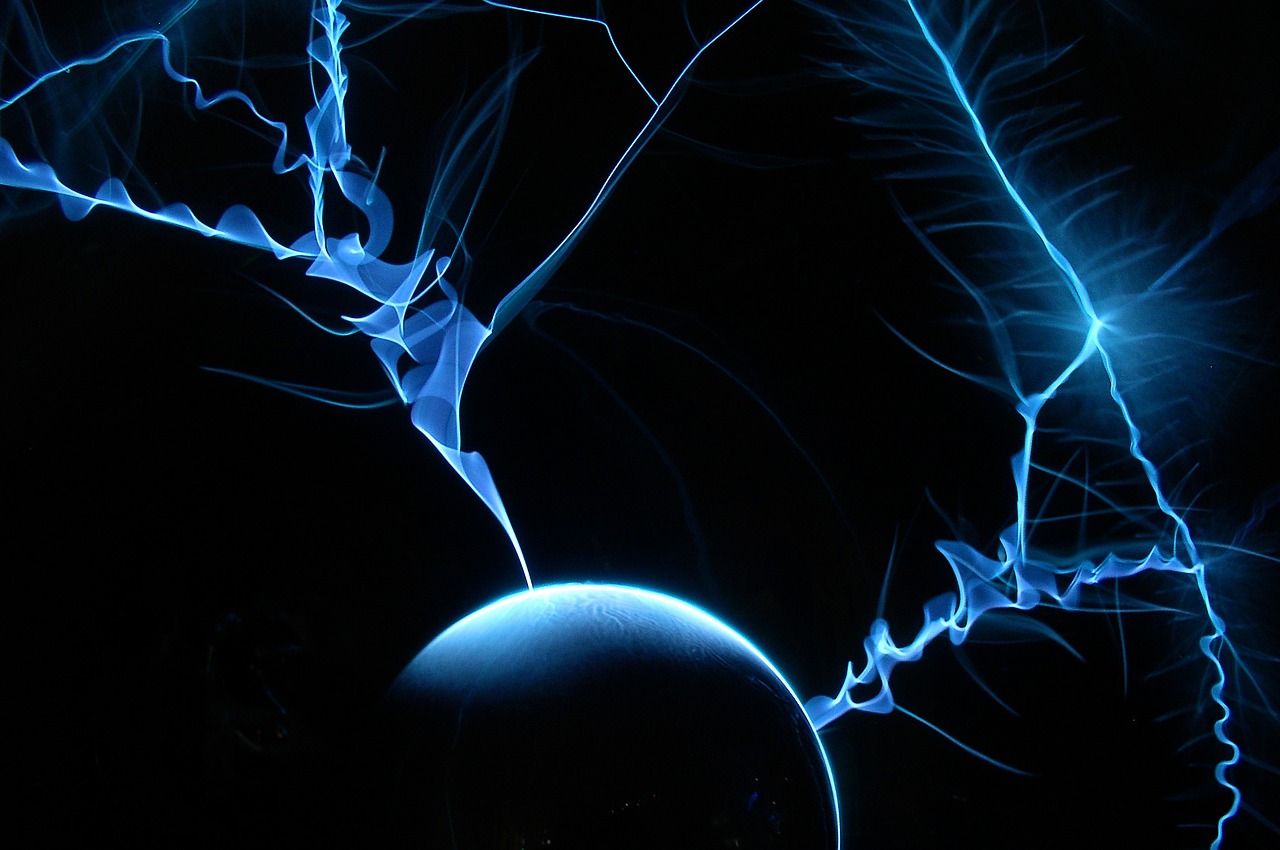
Electromyography/Nerve Conduction Studies
Electromyography and Nerve Conduction Studies are two different tests but they are routinely done at the same time.
An Electromyography (EMG) test analyzes the way a muscle responds to the electrical signals from the brain. It can be used to diagnose neuromuscular abnormalities.
Nerve Conduction Studies (NCS) are designed to detect nerve damage by measuring how fast and how strong electrical signals travel through the nerves.
Both tests help doctors diagnose conditions like pinched nerves, neuromuscular diseases, peripheral nerve problems, among others. It can also help assess a patient's recovery from a nerve injury.

Peripheral Joint Injections
A peripheral joint injection is a minimally invasive procedure that delivers pain-relieving medication directly to the joint.
For patients whose only option for pain relief is surgery, this can be an alternative for pain control. These injections relieve pain and reduce inflammation, and may enable and/or boost joint movement.
It can be used to provide relief for pain on the shoulders, hip, knee, and other conditions brought about by injuries and medical conditions, e.g. arthritis.
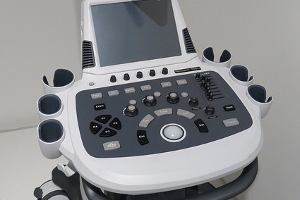
Ultrasound-guided Injections
Safe, accurate, and effective, Ultrasound-Guided Injection can target pain areas with precision.
With the help of real-time ultrasound imaging, the doctor can guide the needle to where the medication is needed. Ultrasound technology has improved by leaps in the past several years and has enabled doctors to diagnose and treat pain with much better accuracy.
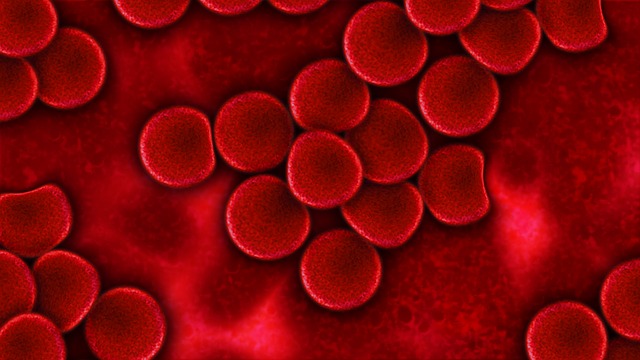
Platelet-rich Plasma (PRP) Injections
Platelets are known for their clotting abilities. But they do more than just that. They have the ability to trigger cell reproduction and stimulate healing.
Studies have shown that platelet-rich-plasma (PRP) accelerates the healing process and helps in the reduction of pain. This makes it a good treatment for muscoskeletal pain, e.g. tennis elbow, torn rotator cuff, tendonitis, golfer's elbow.
Because the patient's own blood is used to enrich the plasma, PRP injections have limited side effects. With the aid of ultrasound imaging, the plasma can be injected right where it is needed.
Platelet-rich plasma has also been used for cosmetic procedures and have also been known to encourage hair growth.

Botox Injections
Whether deservedly or not, Botox has been bestowed a reputation of being a cosmetic entitlement. The mere mention of the word conjures up images of stoic, expressionless faces, and an almost inevitable plunge into jocular dialogue.
But Botox can do more than just fight wrinkles, it can be used to treat spasms, foot pain, chronic migraine, cervical dystonia, and even excessive sweating.

Peripheral Nerve Injections
These injections are used to reduce pain that stems from the peripheral nerves (the network of nerves that deliver pain signals to the spine). It can be used to treat pain from Carpal Tunnel Syndrome, sciatica, foot pain, and migraines.
Similar to Medial Branch Blocks, Peripheral Nerve Injections are also used for diagnosis. Indeed, it is sometimes referred to as a peripheral nerve root block (PNRB). If the injection was successful in reducing pain, then the source of the pain is identified, and a treatment plan can be created.
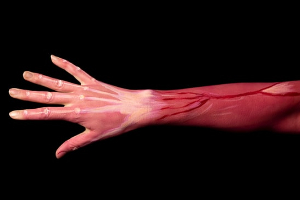
Trigger Point Injections
Trigger points are knotted muscles that cause pain due to muscle irritation. When the knotted muscles refuse to relax even with massage, electrical stimulation, or other means, then a trigger point injection can be used to alleviate the pain.
Knotted muscles commonly form in arms, legs, neck and lower back. The resulting pain can sometimes make normal daily activities difficult, if not impossible.
A successful application of trigger point injection can induce a muscle twitch followed almost immediately by a release. This brings forth relief to the muscle and surrounding areas.

Facet Joint Injections
Facet joints connect the backbones together to form the spine. Like many joints in the body, facet joints have connective tissues or cartilage to allow smooth movements between the bones. These joints can be damaged by injury or conditions like arthritis, and the resulting pain that emanates from the neck or back can be debilitating.
A Facet Joint Injection delivers medication to the joint to relieve the pain. It can also reduce inflammation and enable patients to endure physical rehabilitation activities.
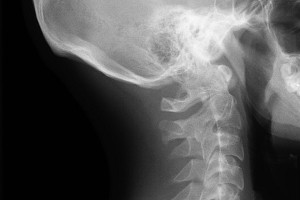
Sympathetic Blocks
Sympathetic nerves play a vital role in controlling involuntary functions of the body, such as digestion, and regulation of heart rate. Damage to these nerves can cause chronic pain. Sympathetic Nerve Block injections are used to provide pain relief that are caused by a lack of blood flow to tissues, or pain at the organs in the trunk of the body.
A Stellate Ganglion Block is applied in the neck area and provides pain relief to the head, neck, arms and chest.
A Celiac Plexus Block targets the center of the abdomen where a group of nerves that control the pancreas, liver, and stomach is located. This is commonly administered to patients suffereing from pancreatic cancer or pancreatitis.
A Hypogastric Plexus Block delivers medication to a group of nerves located near the bottom of the spine. This blocks the pain signals emanating from organs in the pelvic area.
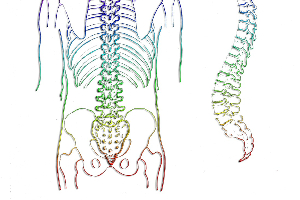
Spinal Cord Stimulation
Spinal Cord Stimulation is a form of therapy that intercepts and modifies pain signals before they reach the brain. This is accomplished by implanting a device called Spinal Cord Stimulator (SCS) under the skin, similar to a pacemaker. The device generates pulses to the nerves of the spinal cord and modifies or masks the pain signal before it reaches the brain.
The modified pain signal is perceived by the brain differently. Instead of a pain sensation, the patient may feel tingling, or sometimes the pain is not perceived at all. The results will vary by person.
This therapy can be used to manage chronic pain and reduce the use of pain medication.
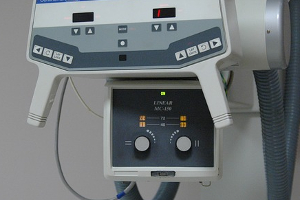
Discogram
Also called discography, a discogram is a diagnostic test that uses imaging to determine if an intervertebral disc has been weakened, displaced or otherwise damaged. It is used to determine if a disc is the source of back pain.
It is an invasive test that may be recommended after other means of controlling pain yield unsatifactory results.
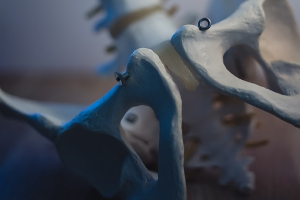
Sacroiliac Joint Injections
Local anesthetic and steroid medication is injected to the Sacroiliac joint which are (there are two of them) located on either side of the spine in the hip area. The numbing effect provides relief from pain caused by sacroiliac joint dysfunction. The procedure is also used as a diagnosis to confirm if the sacroiliac joint is the source of the pain.
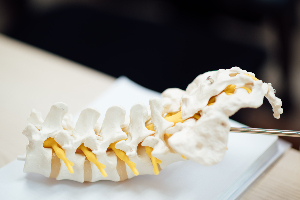
Ganglion Impar Injections
The Ganglion Impar is a nerve cluster located near the base of the spine and serves as a sort of a hub where nerves from the lower pelvis and groin intersect. The injection of medication on the Ganglion Impar can numb the pain that comes from lower pelvic or groin area. It is used to provide pain relief from vulvar, scrotal, rectal, or bladder cancer, among other conditions.
It can also be used as a diagnostic test to help pinpoint the source of the pain.
